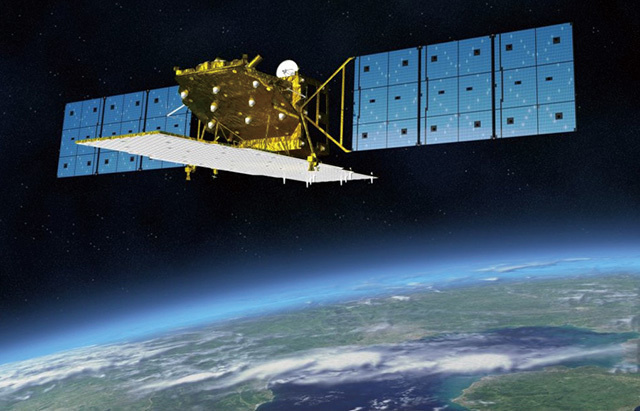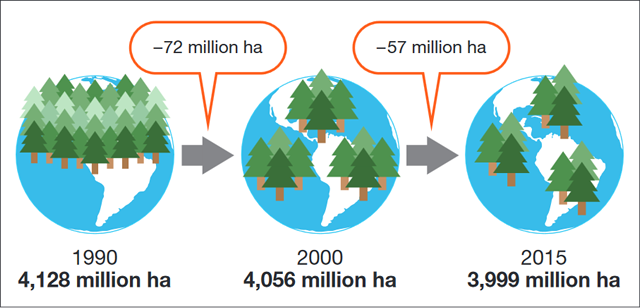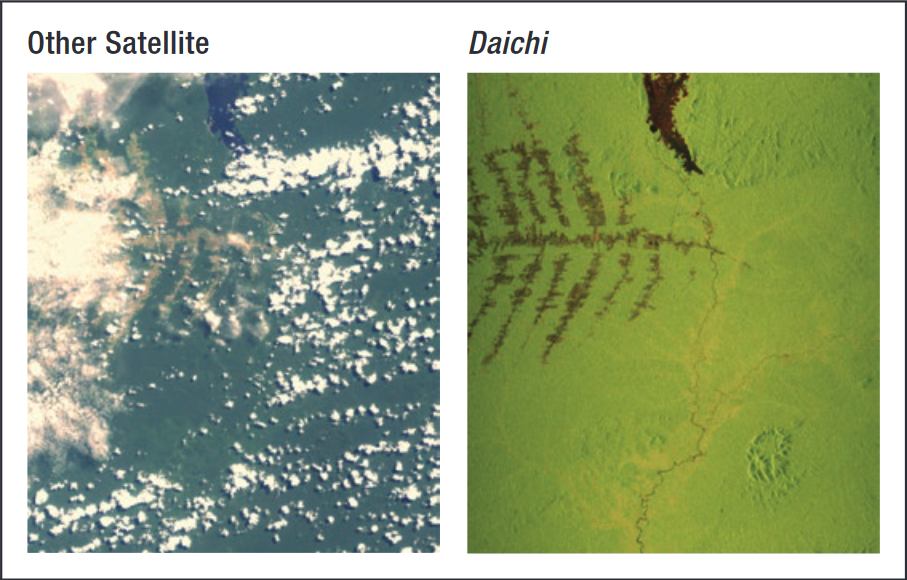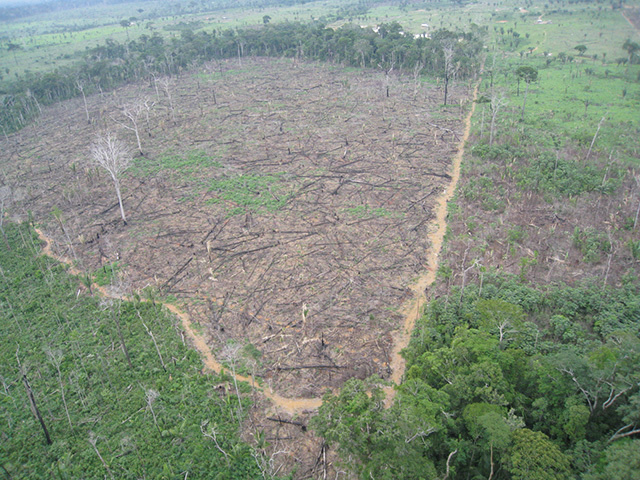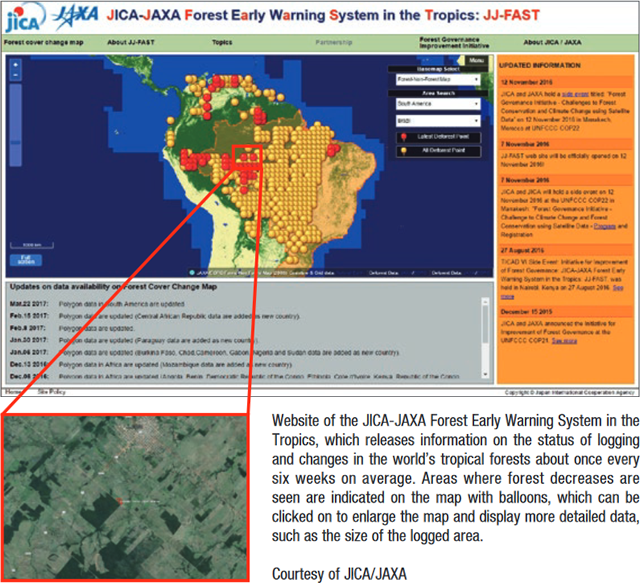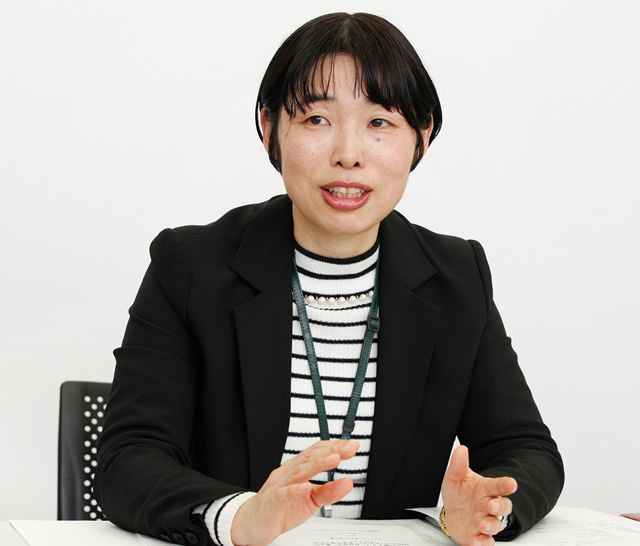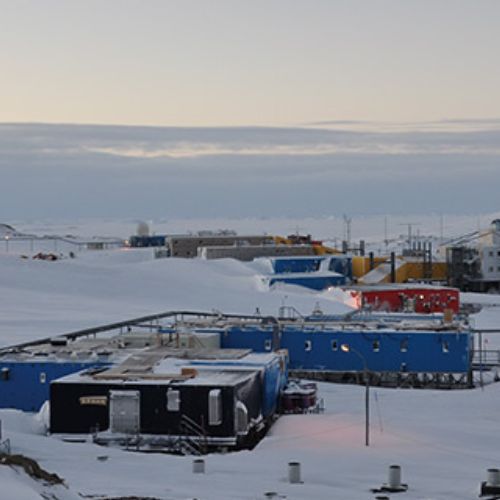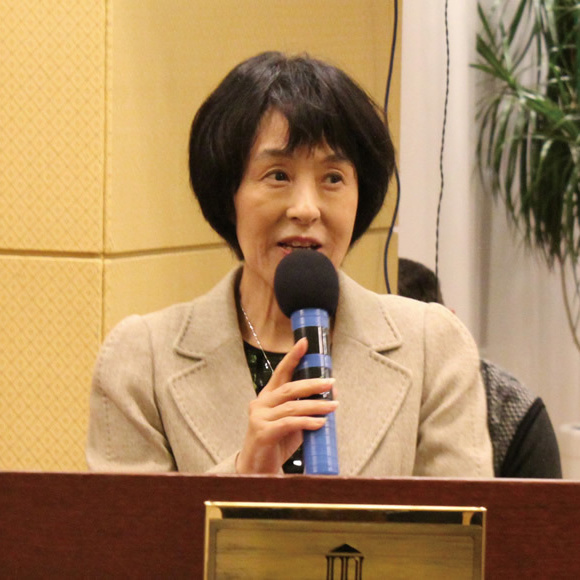The long-term rise in atmospheric and ocean temperatures has become a serious issue, triggering climate changes over the entire earth. One of the causes of global warming is the increase in carbon dioxide (CO2) emissions, of which forest logging and other changes in land use account for about 11% of the global total. “Stopping unplanned and illegal logging in tropical forests is also crucial as a measure against climate change,” says Kanako Adachi of the Japan International Cooperation Agency (JICA).
Japan has been playing a leading role in creating a new international framework to reduce CO2 through the Conference of the Parties to the United Nations Framework Convention on Climate Change (COP), and Brazil requested its assistance in dealing with the problem of illegal logging in the Amazon basin.
In response to this request, JICA and the Japan Aerospace Exploration Agency (JAXA) conducted a project from 2009 through 2012 to preserve the Amazon’s forests and prevent illegal logging using observational data from the Advanced Land Observing Satellite Daichi (ALOS). Before that Brazil had monitored its forests using satellite-borne optical sensors, but the cloud that covers the Amazon basin for more than five months of the year limited the system’s effectiveness. The JICA-JAXA project, in contrast, used radar employing microwaves from ALOS. This system was able to monitor the earth’s surface even when it was covered with clouds or during the night. JICA and JAXA did not limit their role to providing data; they also sent four experts from Japan to develop software to analyze logging areas from satellite images. They then trained local personnel in this technology, building a system so that monitoring of changes in forests using ALOS could be done with local efforts only. This combination of Japanese assistance and local efforts proved effective, detecting more than 2,000 illegal logging operations and decreasing the area being illegally logged by 40%.
ALOS-2 is used in a wide range of fields including map-making and regional observations, assessment of disaster situations, and resource exploration.
As Adachi explains, “JICA then collaborated with JAXA to launch a new project, the JICA-JAXA Forest Early Warning System in the Tropics [JJ-FAST], which uses this system to constantly monitor tropical forests around the globe with Daichi-2 [ALOS-2], the successor to ALOS. It’s revolutionary in that changes detected in the forests can be viewed by anyone on the Web free of charge.”
The first data to be released under this project was that for five Latin American countries in November 2016. The target areas will be expanded in stages to African and Asian regions. Ultimately, the aim is to make data publicly available for about 80 countries that have tropical forests.
“At the 2015 United Nations Climate Change Conference [COP 21] in Paris, the Japanese government announced that it would undertake the Forest Governance Initiative, and JJ-FAST is at the core of this effort,” says Adachi. “We hope we can keep contributing to the protection of people’s livelihoods through the use of Japanese technology in solving problems on a global scale.”


























